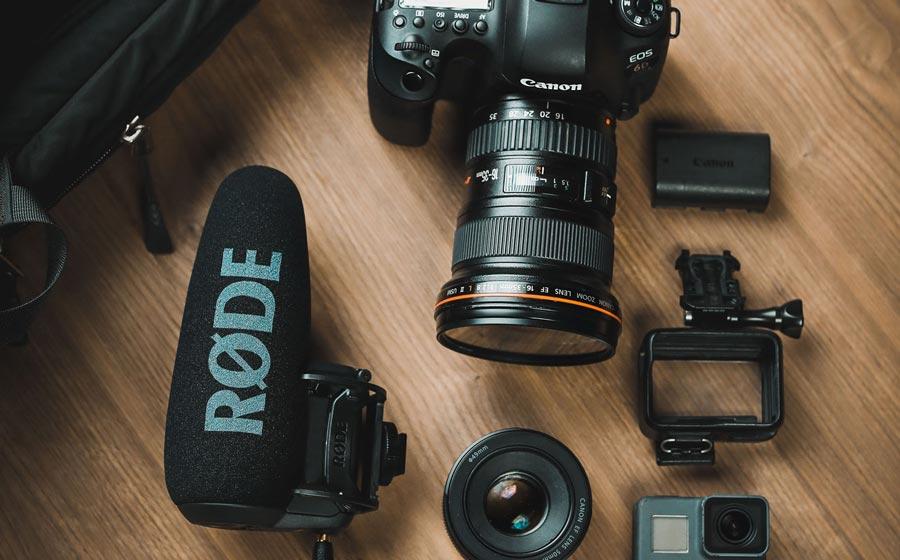Technology is getting advanced day by day in all fields of life. Few decades ago, very few of the modern gadgets exist, which were then a considered luxury that only elite class could afford. Camera was one of them. Although early camera history starts a few centuries ago, the present day cameras started to roll out in late nineties. As the technology evolved, camera got better, smaller and affordable. Mobile phone (later smartphones) enabled us to have camera available all in the time without any hassle. Although smartphone camera fulfils the majority of tasks in everyday life from selfies, social media posting to event / get-together photography and video recordings. But the professional photographers and enthusiasts still prefer digital cameras over smartphone due to clearer and high resolution pictures, customised manual settings, verity of camera accessories and lenses to choose from. Digital camera has got lots of advancements in recent times with new technologies making it even better. Here, we are providing an overview of modern day camera types with their benefits.
Compact Cameras:
Compact cameras also called point-and-shoot camera, as the name suggest are compact and lightweight with lower price. They are very easy to carry around due to smaller size and light weight. The picture quality is better than smartphone camera (although phone cameras are quickly catching up) but not good enough for professional photography. They are good for beginners with built-in flash, zoom lens, LCD Screen and simpler controls. Most models doesn’t have viewfinder.
Bridge Cameras:
Bridge Cameras are called bridge because they act as a bridge of features between compact and DSL Cameras. They are smaller, lightweight and inexpensive as compared to DSLR and mirrorless cameras with more advance features such as better zoom range, built in viewfinder and some advance manual controls which are not present in Compact cameras. The downside is that they lack the capabilities of DSLR and mirrorless cameras mainly because the lenses are not interchangeable.
DSLR Cameras:
DSLR stands for Digital Single Len Reflex, which means a mirror mechanism reflects light from lens to optical viewfinder, allowing the photographer to look through as they take the picture. DSLR are often larger and heavier with higher price tag. They are the first choice of professional photographers and enthusiasts. They provide outstanding quality pictures with plenty of manual controls for getting the desired results. What makes them best is the ability to interchange Lens according to the needs, from armature level to high end expensive lenses suited for professional photographers. Optical viewfinder, faster autofocus and shutter speed, variety of sensor sizes and a wide range of accessories and lenses are main benefits of DSLR. The drawbacks are the higher price, bulky size and hard learning for new users.
Mirrorless Cameras:
Mirrorless Cameras as the name itself explains has no mirrors. They are smaller in size with most of the features of DSLR. In Mirrorless Cameras, lens directly passes the light to the sensor, which displays the captured information on the LCD Screen. They have electronic viewfinder instead of optical viewfinder present in DSLR cameras. Mirrorless cameras are growing popularity among high-end photographers due to their superb image quality, interchange lens, reasonable price, compact size, and lighter weight. They are also quitter than DSLRs. The drawbacks are lesser battery timing and not too many options for lenses and accessories as compared to DSLR.
Apart from above 4 main categories there are few more types like Adventure Cameras,
Medium Format, Waterproof Cameras used for specific purposes. When buying Digital Cameras, the purpose to using it, the features required, keeping the price range in mind will make the decision easier to take.












No Comments